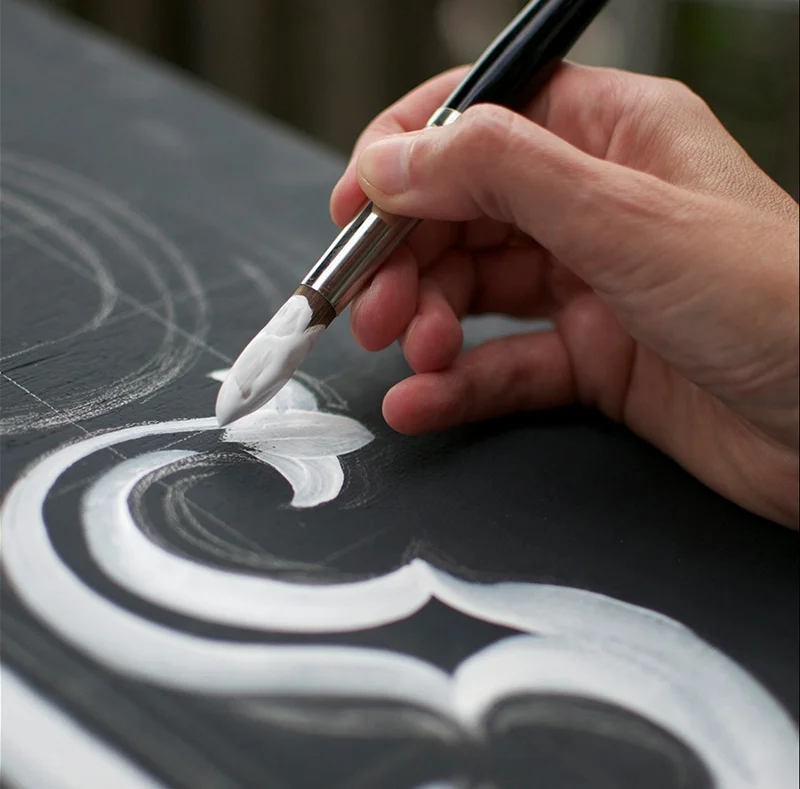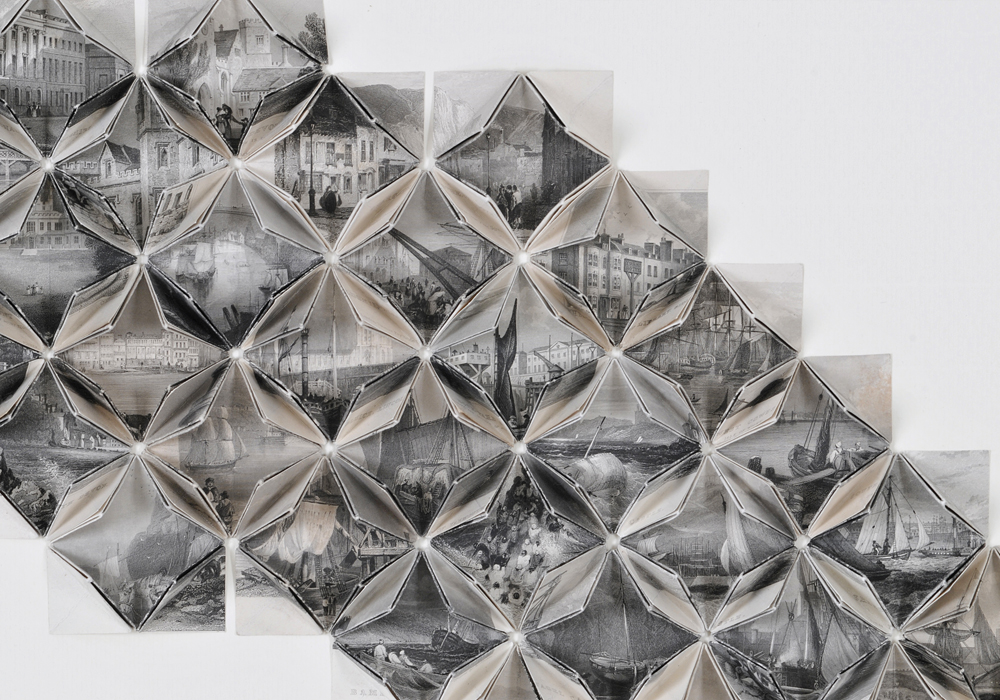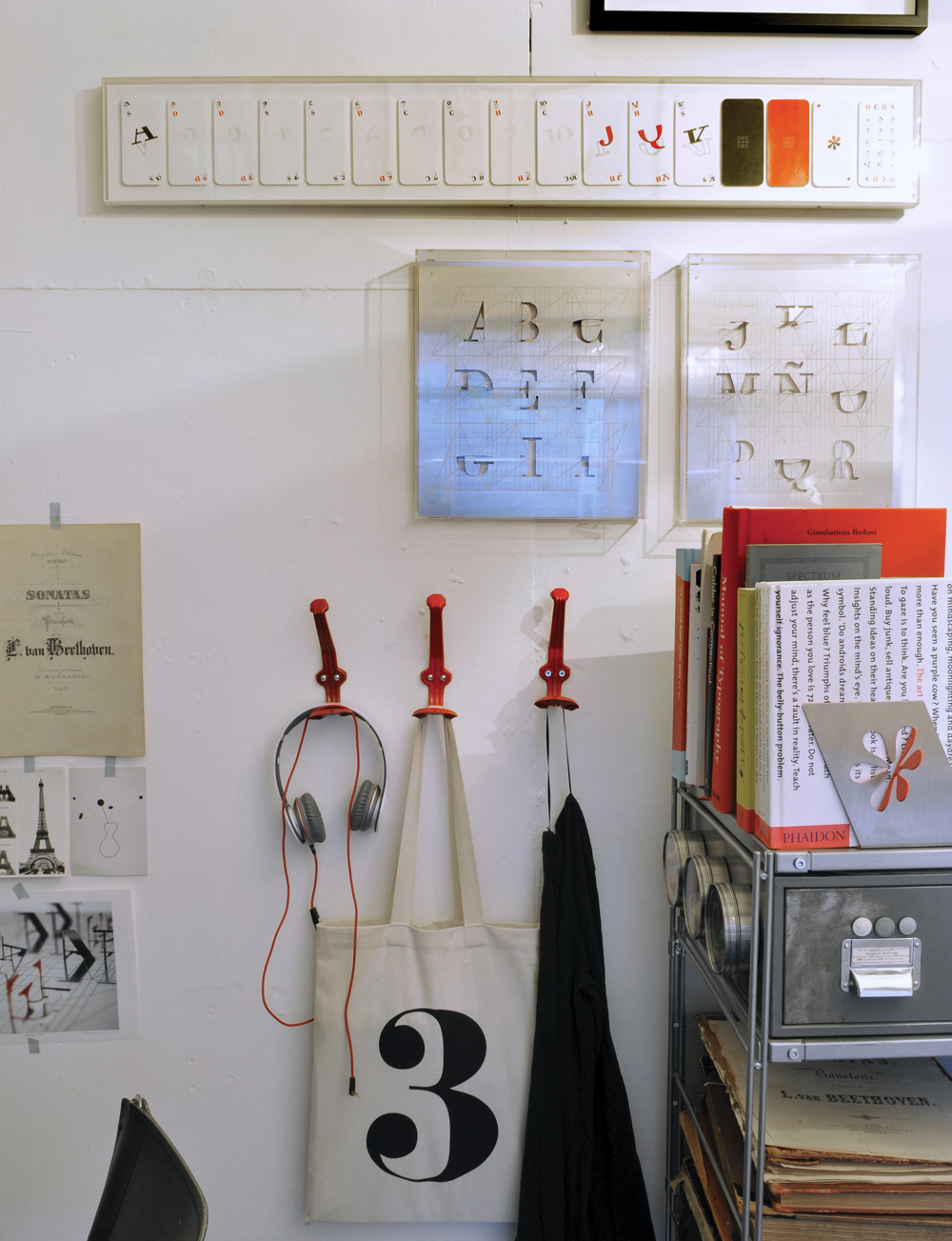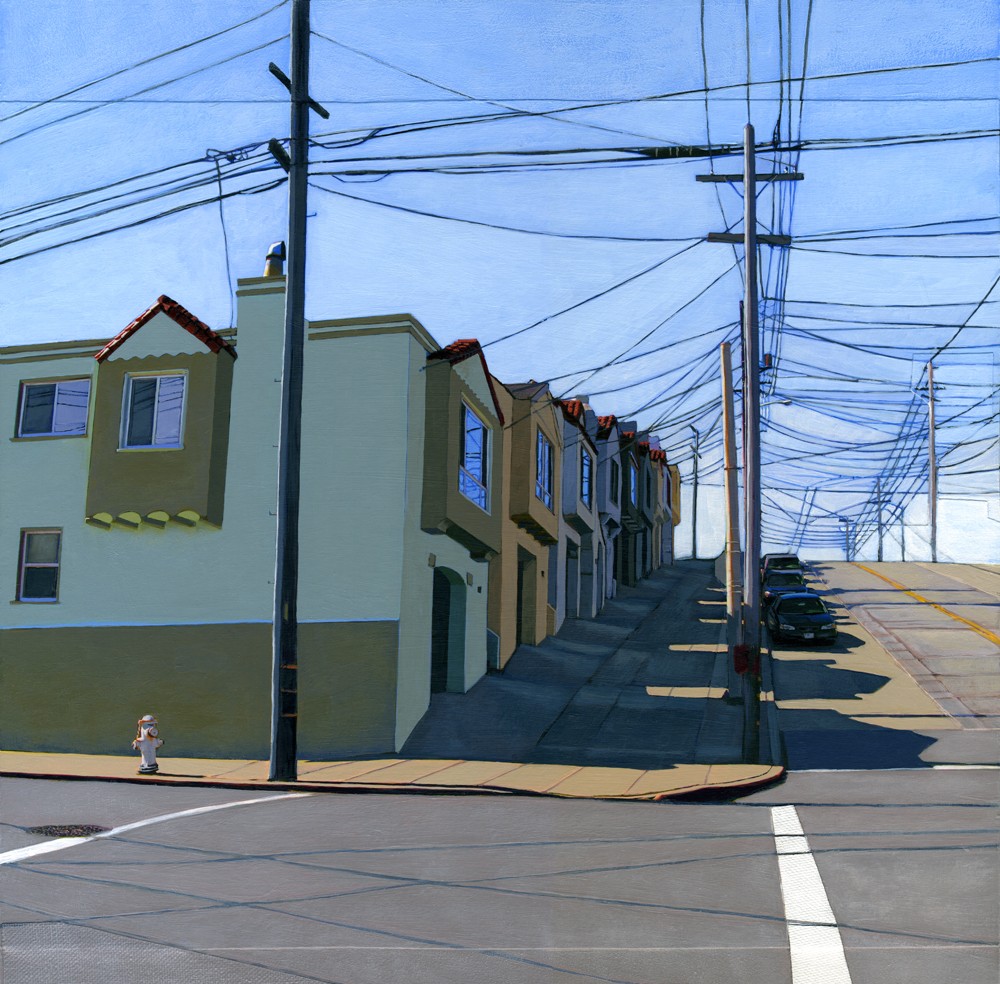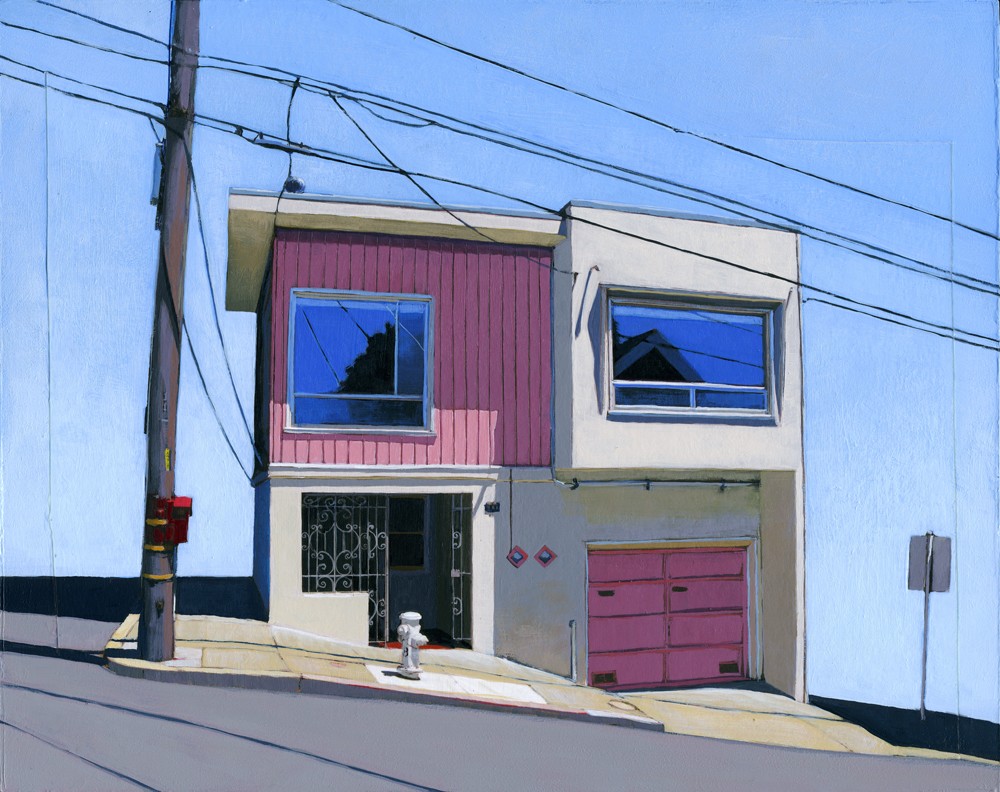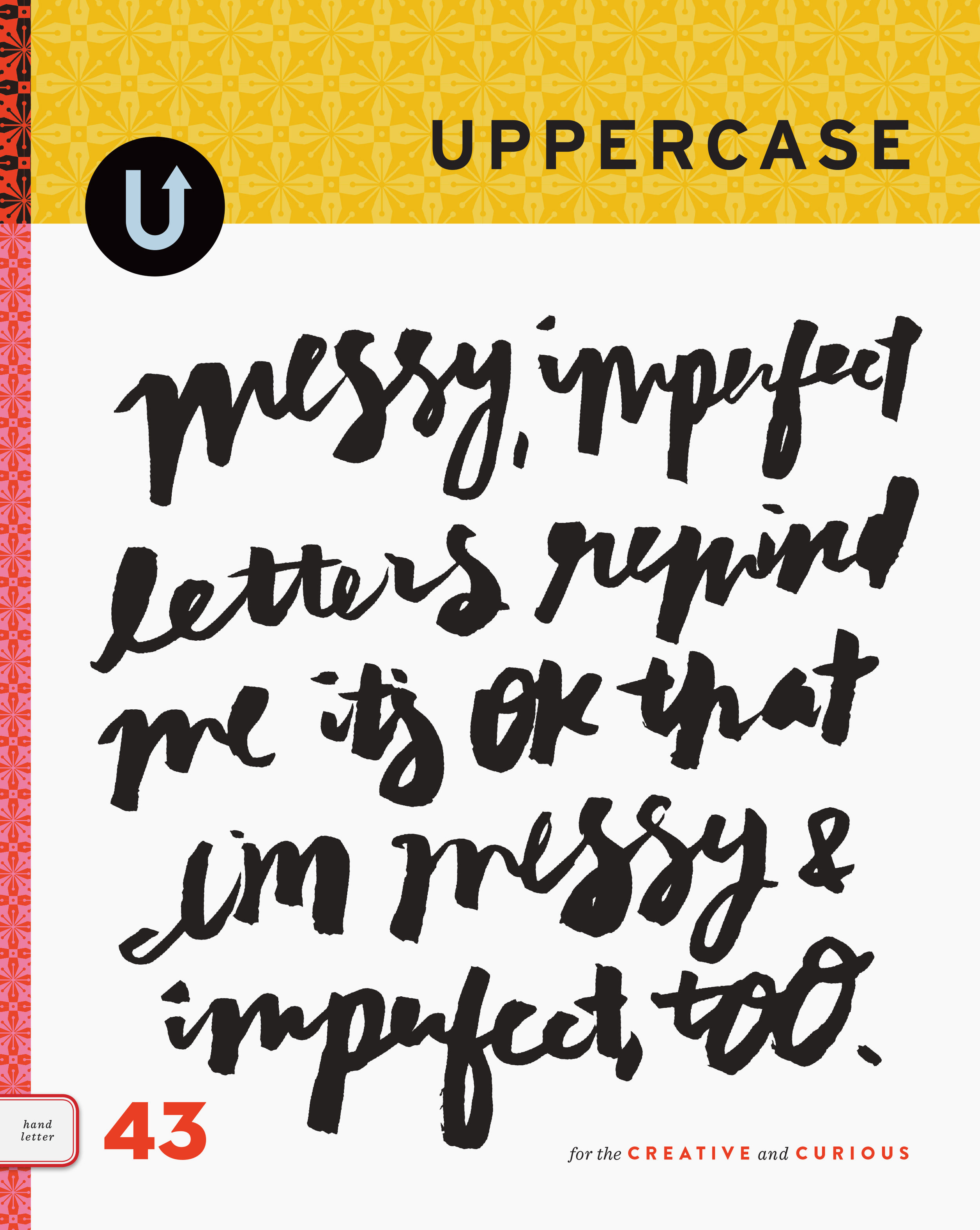wips: artist/illustrator Christine Kim
/While perusing the UPPERCASE Work-in-Progress Society pool on Flickr, I came across this photo by Christine Kim. Intrigued, I contacted her for more details. Christine writes, "I'm preparing an origami parade for Nuit Blanche this year. Our installation is called Paper Orbs and it will be up next week." For those of you in Toronto, Nuit Blanche is this Saturday, October 5. "6300 paper orbs are folded and scrunched, ready to deploy. Join our parade at University and Armoury from sunset to sunrise."
Prototype for Nuit Blanche installation : a folded 24"x36" sheet of paper. Photo by Don Toye, modelled by Eunsung Yoon.
Christine fits the folded paper to model Eunsung Yoon. Photo by Don Toye.
Christine also creates dimensional images incorporating graphite drawings, collage and cut paper.








